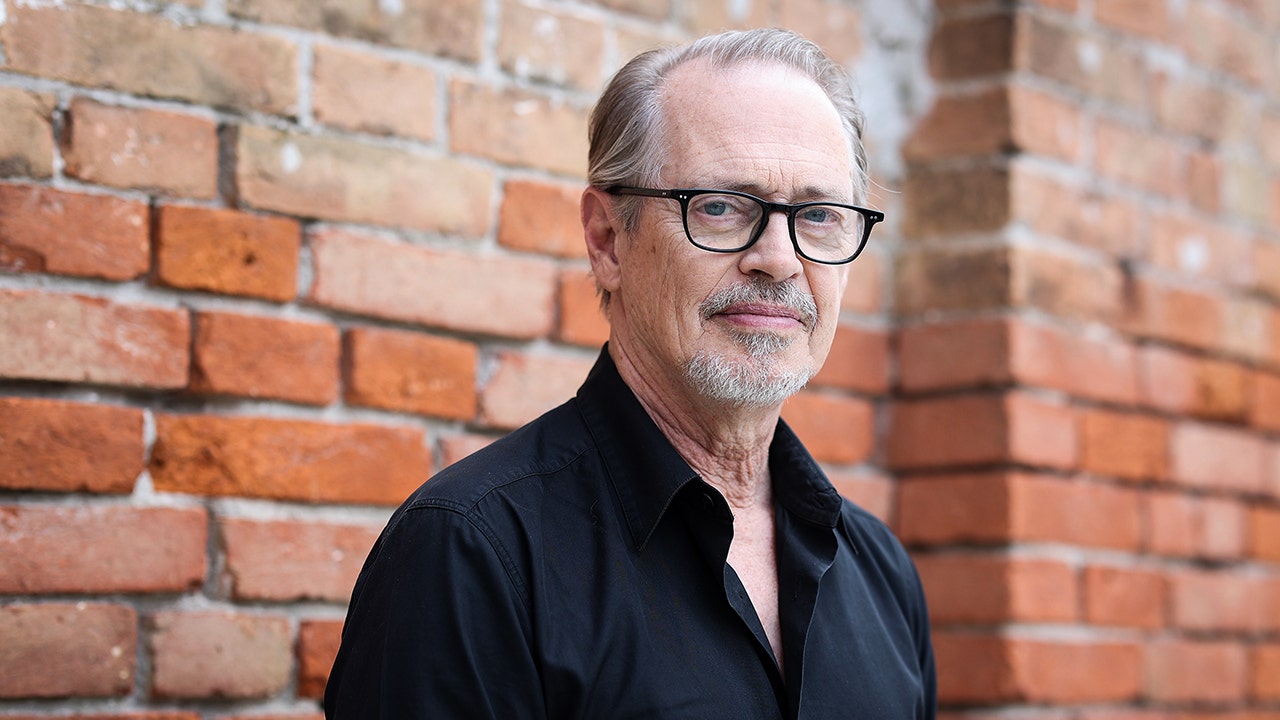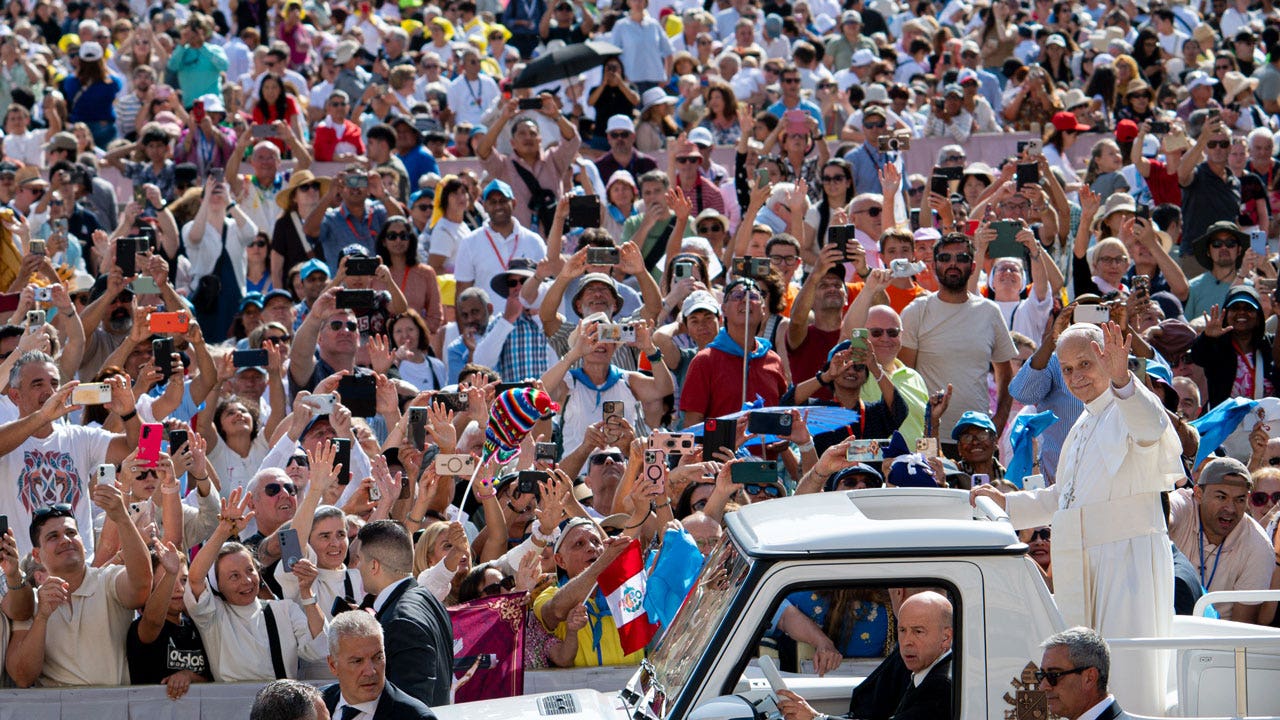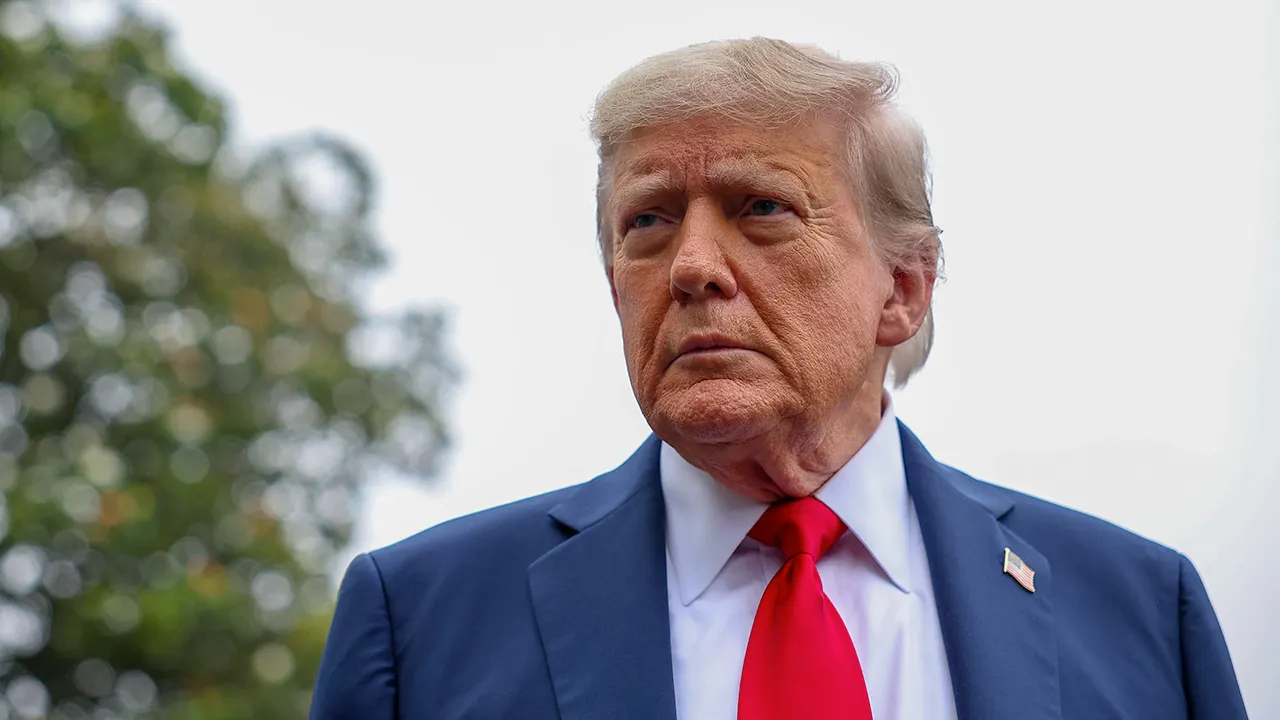Downed in enemy territory, this Vietnam pilot refused to be captured

Maj. Robert Alfred Lodge was the consummate professional in U.S. Air Force circles. In his second tour of duty over Vietnam he approached the coveted status of “fighter ace.” Even though he fell short of that marker, he left behind a legacy for his branch of service.
Born in New York City on June 30, 1941, Lodge decided on his career early, entering Air Force Reserve Officer Training Corps during his first year at the Massachusetts Institute of Technology and obtaining his Master of Science degree in aeronautics at Purdue University, Indiana, from June 1964 to March 1965, while at the same time attending the U.S. Air Force Academy in Colorado Springs, Colorado.
“Bob Lodge was a friend,” said Vietnam War ace Richard Stephen “Steve” Ritchie in an interview with Military Times. “A fellow 1964 graduate of the Air Force Academy in Colorado Springs, Colorado, and one of my former students in the Air Force Top Gun school at Nellis Air Force base, Nevada, he was promoted to major in three years, which is the earliest possible.”
RELATED
In March 1966 Lodge qualified as a pilot at Moody Air Force Base, Georgia. Among the assignments that followed were bombing missions over North Vietnam. From December 1966 to July 1967 Lodge flew in a Republic F-105D Thunderchief with the 357th Tactical Fighter Squadron (TFS) from Takhli Royal Thai Air Force Base.
Upon his second tour in Vietnam in January 1971, he was chief of the Fighter Tactics Branch for the 432nd Tactical Reconnaissance Wing, operating from Udorn Royal Thai Air Force Base.
By this time, Lodge, now a major, was flying a McDonnell F-4D Phantom II fighter — equipped with the latest APG-81 “Combat Tree” radar — of the 555th TFS with 1st Lt. Roger Locher as his weapons systems operator (WSO). On Feb. 21, 1972, the duo was credited with shooting down a Mikoyan-Gurevich MiG-21 of the Vietnamese People’s Air Force (VPAF).
On May 8, President Richard Nixon launched an all-out bombing campaign against North Vietnamese industrial and transport targets, with the Viet Cong responding in kind.
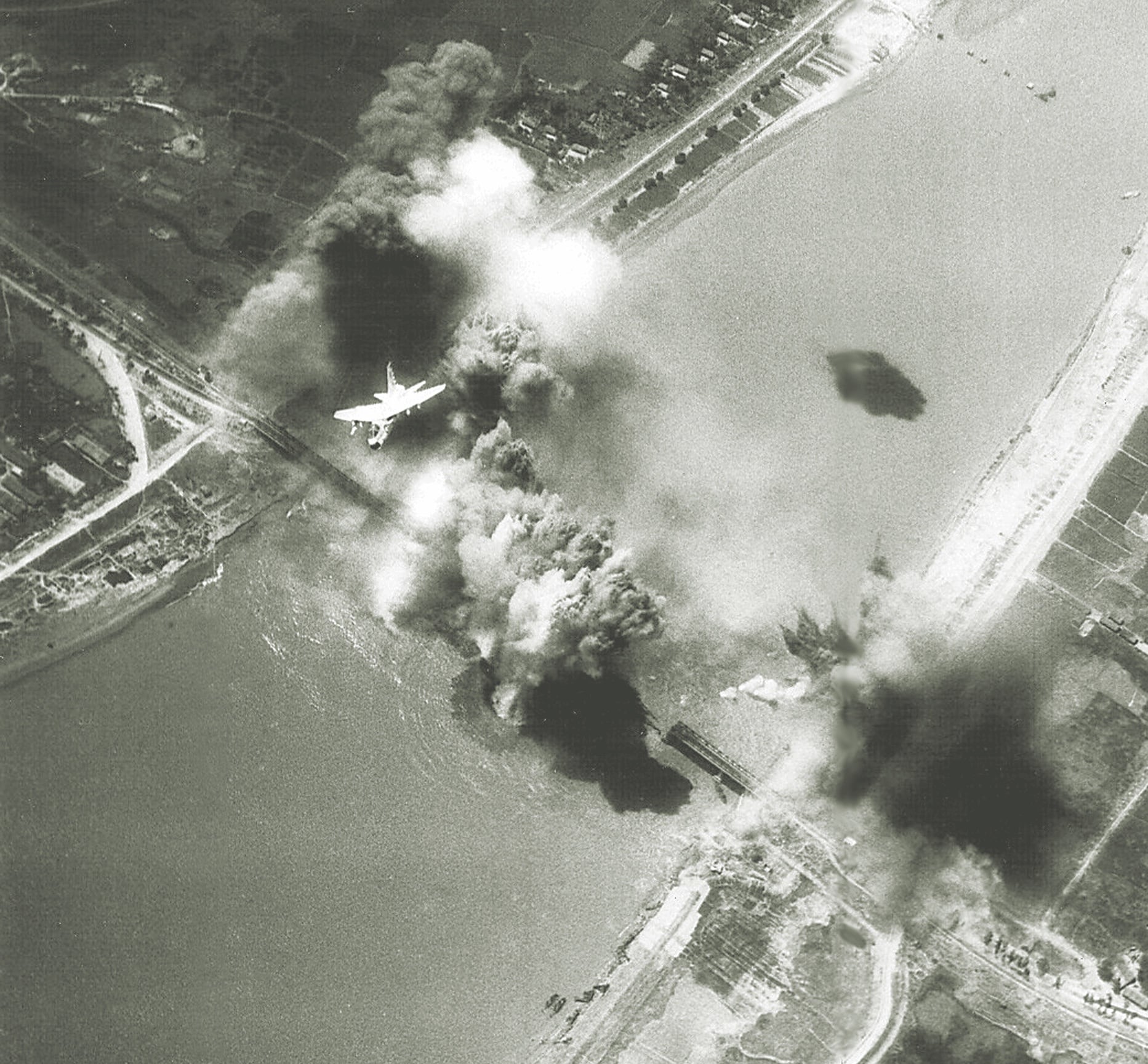
The U.S. fielded far more aircraft with the latest technology, while the North Vietnamese countered with a defensive “triad” comprised of surface-to-air missiles (SAMs) at the highest altitude, MiG fighters below them and anti-aircraft artillery (AAA) awaiting the lowest-flying enemy aircraft, all coordinated by ground control intercept (GCI).
Flying on the first day of the campaign Lodge and Locher were credited with another MiG-21 — their victim was most likely Lt. Vo Sy Giap of the 921st Fighter Regiment, who after being hit tried to force-land, only to see his plane descending on the Truong Trung Secondary School. He veered to avoid it but crashed and died of his injuries on May 11.
May 10, 1972, proved to be the largest and wildest air engagement of the Vietnam War, with the U.S. Air Force, U.S. Navy and Vietnamese People’s Air Force committing all they had. That morning Lodge led four Phantoms of “Oyster Flight,” 555th TFS, which included his old schoolmate, Capt. Steve Ritchie.
“The plan was to go in low level with Combat Tree birds, to intercept and defeat enemy fighters that would attempt to prevent our strike Phantoms from dropping their highly accurate laser guided bombs,” Ritchie said in an interview. “Approaching our planned orbit some 25 to 30 miles west of Hanoi, we stayed below 300 feet as planned and continued radio silence until we electronically spotted a flight of four MiG-21s in orbit northwest of Hanoi.”
The F-4s turned north, pointing their radar sensors skyward to achieve full system radar lock-ons at 15 miles. Closing at 1,200 mph, the computers for their radar-guided AIM-7 Sparrow missiles indicated they were in range and the first two jets — Lodge’s Oyster One and Oyster Two crewed by 1st Lt. John Markle and Capt. Stephen Eaves — launched their Sparrows at seven miles. Within seconds, two MiGs fell in flames.
“Lodge and I, in Oyster One and Three, immediately turned our fighters as hard as possible to achieve rear-quarter positions on the remaining two MiGs,” said Ritchie. “I locked on to the third MiG using the auto-acquisition switch on the left throttle and fired two Sparrows at a range of 6,000 feet.” His second missile exploded under the fuselage and the pilot bailed out at 15,000 feet. Ritchie had his first of an eventual five victories.
North Vietnamese accounts mention MiG-21 MFs of the 921st Fighter Regiment, scrambling up from Kep airbase, being ambushed and pilot Nguyen Van Ngai being killed immediately — probably by Lodge and Locher.
A second 921st pilot was reportedly killed by one of the VPAF’s own SAMs and another MiG-21 was damaged by 20mm “friendly fire” as it returned to Noi Lai Air Base. Cao Son Khau, after claiming an F-4, was struck by a missile — possibly Ritchie’s — and ejected, only to subsequently die of injuries.
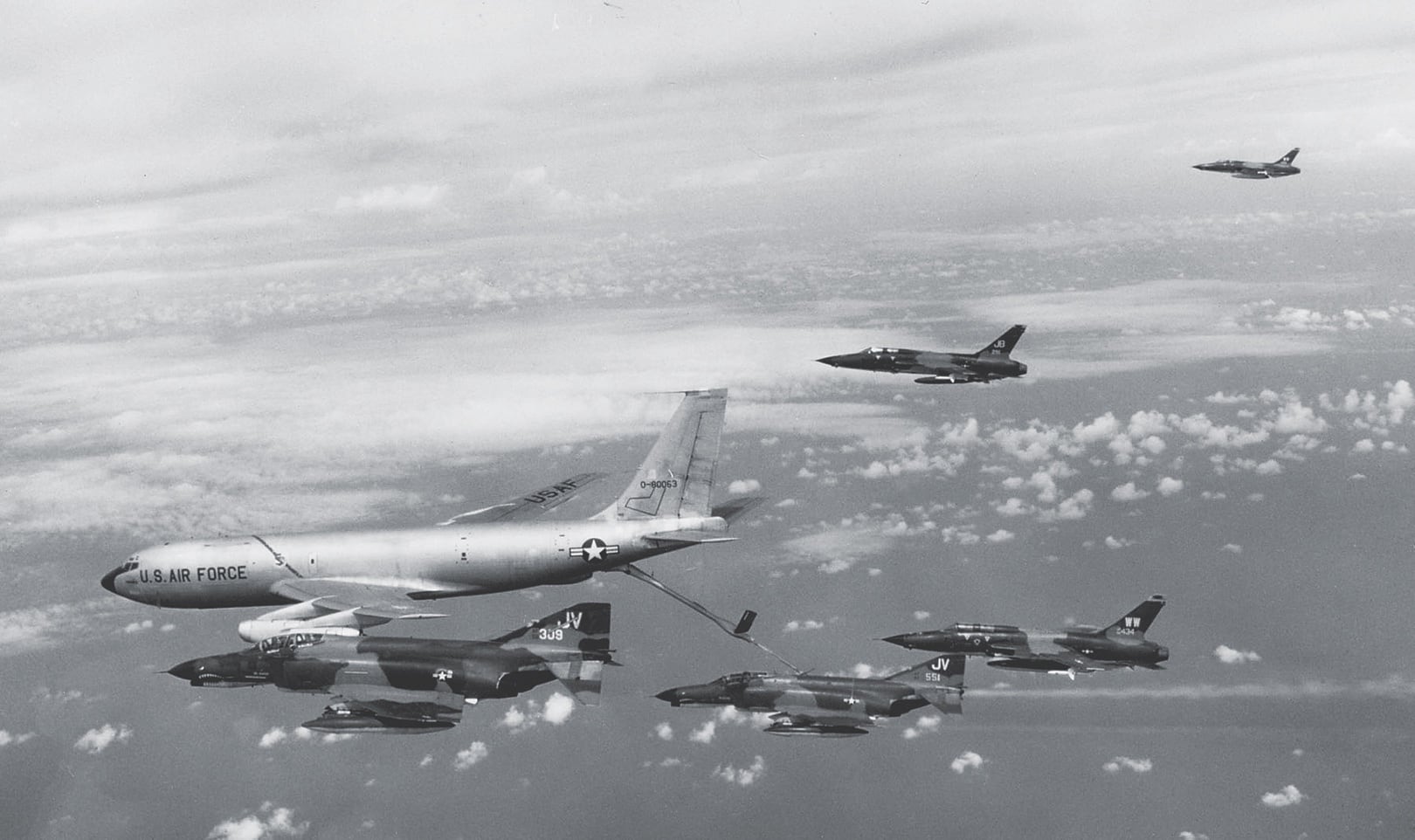
Thus far, Ritchie thought Oyster Flight had performed splendidly: “a perfectly planned, perfectly executed mission, resulting in four American victories. But it was too good to be true. Bob Lodge got the first MiG for his third victory and he and Locher were positioning for a shot at MiG number four when we spotted some MiG-19s coming down on him from above and behind. ‘Oyster One — Break! — Break!’ we screamed. ‘MiG-19s at six o’clock. Oyster One, Oyster One — Break! MiG-19s firing!’ He did not respond to our frantic calls and was hit by enemy cannon fire. Within seconds, the Phantom burst into flames and rolled.”
Lodge and Locher had been ambushed not by a Mach-2 MiG-21, but a Shenyang J-6, a Chinese-built version of the Mach-1 MiG-19, newly delivered to the 925th Fighter Regiment and only operational since May 8. The VPAF credited Nguyen Van Phuc of the 925th with the destruction of Lodge’s Phantom.
“What began as a triumph was ending in tragedy,” Ritchie lamented. “Two of America’s finest young officers, and two very close friends, were going down in flames, and Oyster Two, Three and Four were being chased out by the remaining MiG-21 and the MiG-19s. It was not supposed to end that way. He had three victories at that time and would probably have made ace if that MiG-19 hadn’t downed him. He did not bail out. He was the wing’s weapons officer, and always told us that if he was ever shot down, ‘I will not be captured.’ None of us believed him.”
“Lodge’s Phantom was upside down,” Ritchie continued, “on fire and out of control at 7,000 feet when he told Roger Locher, ‘You can bail out if you want to.’ Locher barely made it, but Lodge knew too much information and was concerned that the North Vietnamese might get it out of him, so he rode the plane down. After the May 10 mission I became weapons officer for the 432nd FRW.”
Locher was still missing as his squadron mates overflew the area, hearing nothing from his survival radio but likewise no news of his death or capture from the North Vietnamese.
Then, on June 1, a 555th TFS strike force was near Yen Bai Air Base, some 70 miles northwest of Hanoi, when a call came up: “Any U.S. aircraft — this is Oyster-Zero-Zero-Bravo — over.”
The 555th was not using the Oyster call sign that day, but its pilots suddenly realized: “My God, that’s Roger Locher!”
They answered and Locher said, “Hey, guys, I’ve been down here a long time. Any chance of picking me up?”
Ritchie radioed back, “You bet — you bet there is!”
“Back at Udorn we quickly planned and launched one of the deepest, most difficult and dangerous rescues ever attempted,” Ritchie continued. “There were numerous SAM sites and more than adequate AAA around Yen Bai, one of North Vietnam’s most important airfields. And of all places, Locher was only five miles off the south end of the runway.”
Gen. John Vogt Jr., commander of Air Forces in Vietnam/Thailand, canceled the day’s 150-plane strike mission to Hanoi and dedicated the more than 150 aircraft to rescuing Locher.
Despite a record 23 days of evasion deep in enemy territory, Sikorsky HH-3 Jolly Green Giant rescue helicopters extracted Locher with no injuries and no losses.
Lodge, however, was not as lucky.
In 1977 the Vietnamese government returned Lodge’s remains, which have since been interred in the U.S. Air Force Academy Cemetery.
With two combat tours, 186 sorties in 2,000 flying hours and the Silver Star with four oak leaf clusters, Lodge has also posthumously received the Senior Pilot’s Wings and the 1974 Jabara Award.



